Vending
Florida museum showcases Coca-Cola vending history
The Museum of Arts & Sciences in Daytona Beach, Florida features a Coca-Cola memorabilia collection that includes historic vending machines. Preston Root, great grandson of the inventor of the iconic Coca-Cola bottle, shares his memories with Vending Times.
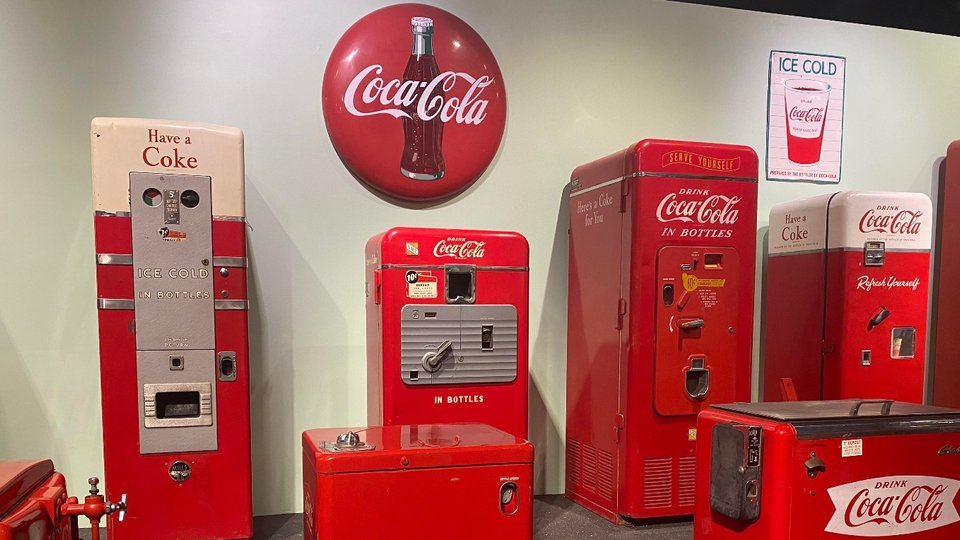
April 19, 2023 by Elliot Maras — Editor, Kiosk Marketplace & Vending Times
A Southern history museum would not be complete without Coca-Cola artifacts, and the Museum of Arts & Sciences in Daytona Beach, Florida delivers in spades.
Beverage and vending industry enthusiasts will be especially interested in the museum's Coca-Cola memorabilia collections, including vending machines, bottles, trucks, distribution cars, carbonation machines, syrup barreling machines, various types of bottling machines, coolers and two of the original 1915 Coca-Cola bottles designed by the late Chapman Root.
"The early vending machines looked like a cross between big public mail boxes and heavy safes," said Tom Harper, CEO of Networld Media Group, which owns Vending Times, following a visit to the museum. "Self-service vending was of as much valued by the public in the 40s and 50s as it is today.
"Several companies produced vending machines for Coca-Cola, sort of like how several ATM and kiosk manufacturers all try to improve on each other's designs, quality and pricing."
Harper also noticed an exhibit of a Coca-Cola transportation truck advertising that every Coke bottle was sterilized.
"Apparently, an early marketing ploy in the 1920s was to let people know the Coca-Cola bottles were 'sterilized,'" he said.
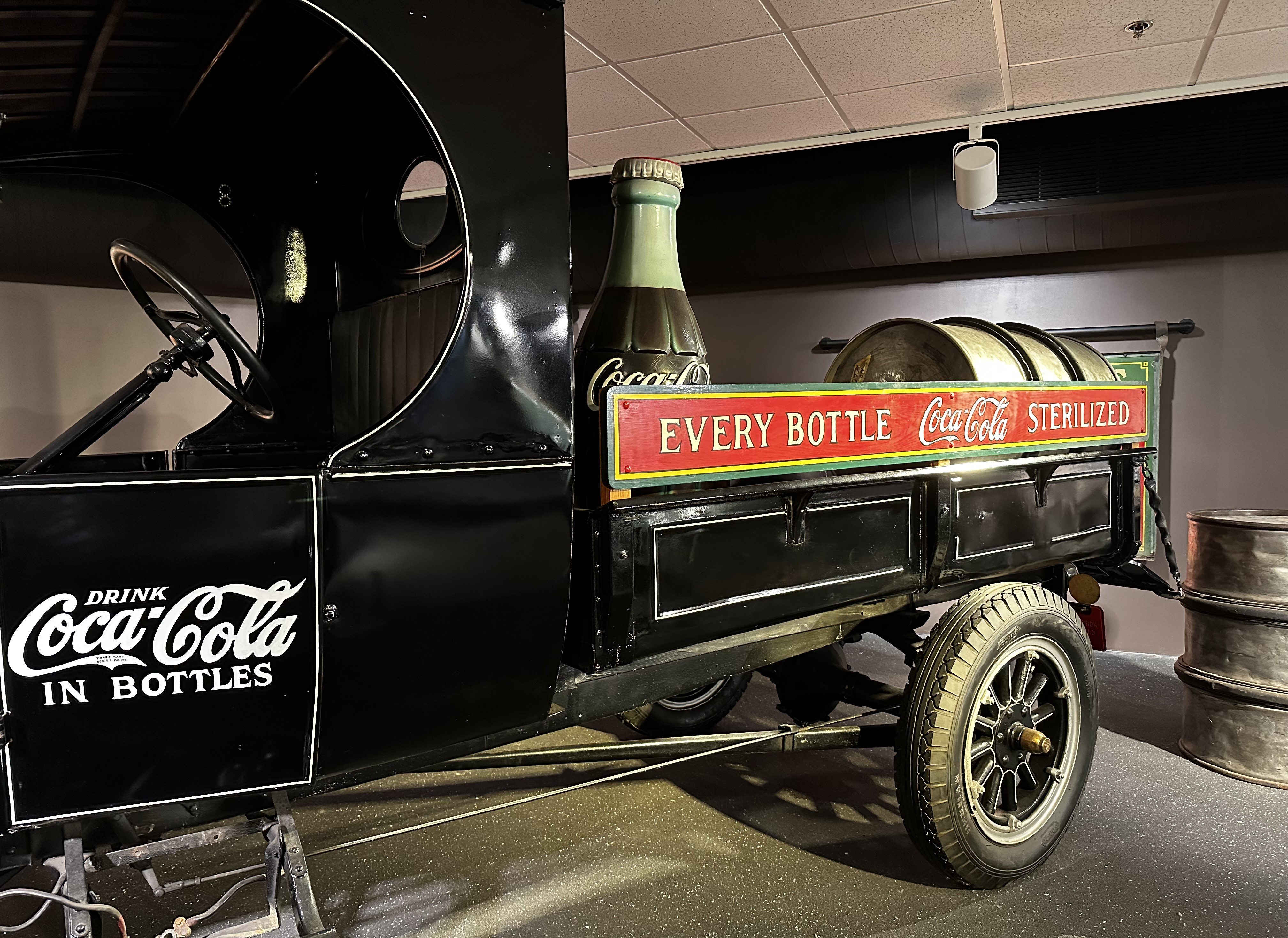 |
Coca-Cola Co. emphasized sanitation as early as the 1920s. |
The collection covers the evolution of the Coca-Cola vending machines to the science behind the construction of the iconic Coca-Cola bottle.
 |
The Root Glass Co. of Terre Haute, Indiana, founded by Chapman Root in 1900, plays a prominent role in the collection. Chapman Root is credited with designing the iconic Coca-Cola bottle in 1915. His company eventually transitioned into Associated Coca-Cola, once one of the largest independent Coca-Cola bottlers in the nation.
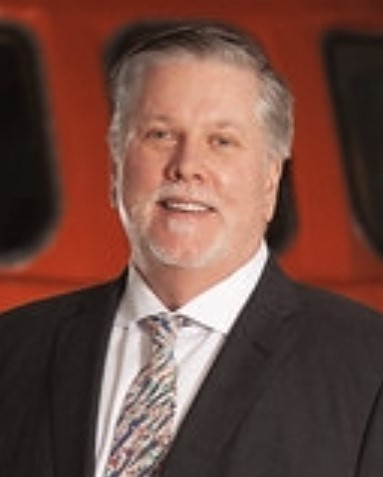 |
Preston Root |
Preston Root, great grandson of Chapman Root and a former museum board member, shared his recollections in an interview with Vending Times. Following are excerpts from that interview.
Q.The Root Glass Co. of Terre Haute, Indiana began making Coc-Cola bottles 15 years after its founding in 1900. What was the company making before getting involved with the Coca-Cola Co.?
A. We made millions and millions of bottles before the Coke bottle. Somewhere in the neighborhood of 70 million bottles we made for beer and water.
Q. The glass Coca-Cola bottle was the first packaged product the Coca-Cola Co. sold, correct?
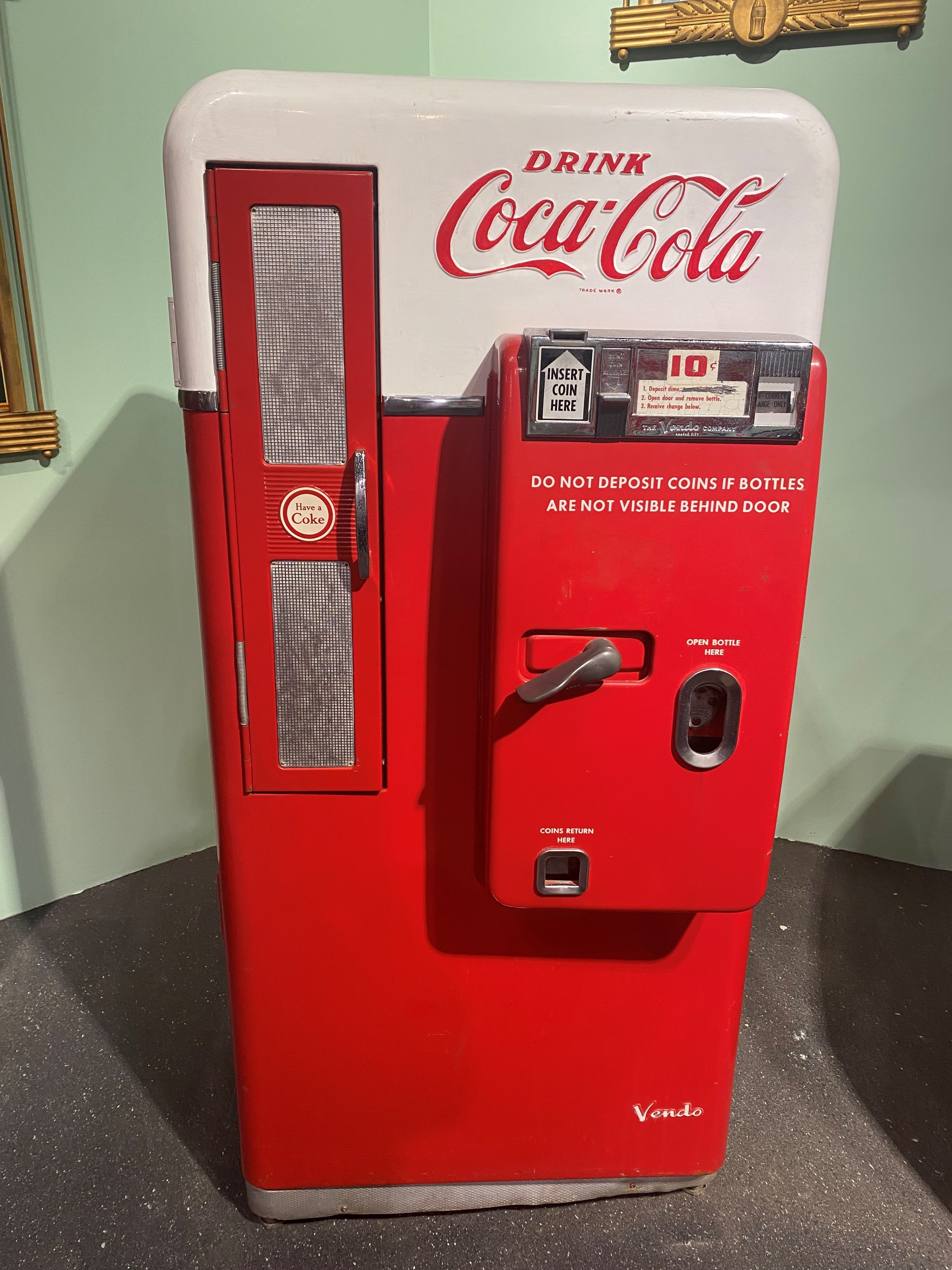 |
A. Yes. Coca Cola in its original form started in 1886 and was a fountain drink. They started out with the beverage fountains in the stores.
Q. Was the Coca-Cola Co. selling its product in bottles before they put the bottle design out for bid in 1913?
A. Yes. Root Glass made Coca-Cola bottles for 19 years before they asked us to design a new package. We made bottles brown, clear and green. Even purple and blue Coke bottles. And so yes, we did make Coca-Cola bottles that were not the shape that you see now.
Q. How did the Root Glass Co. win the bid to design a new bottle?
A. The start of the current Coca Cola bottle was 1913 when Coca Cola put out to six bottle makers a design brief on what they wanted in their new package. And their design brief was really simple. Most design briefs in today's world can be multiple pages. They wanted a package that was recognizable in the dark. My great grandfather and his design team went to the Terre Haute library and they looked in the Encyclopedia Britannica for inspiration and inspiration came from the cocoa pod and that's where the bottle design came from. And then it evolved over time.
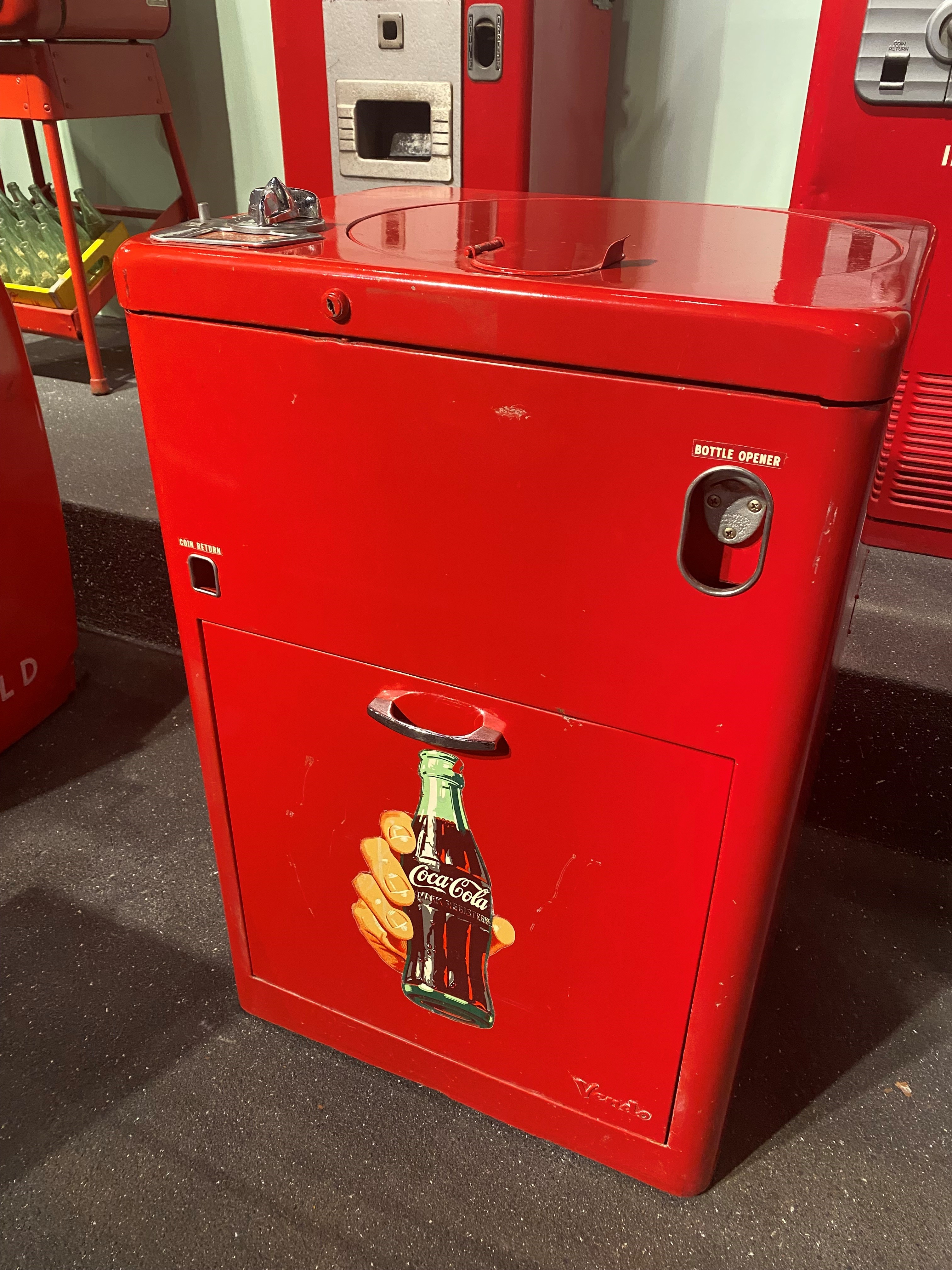 |
Q. The Coca-Cola Co. was offering glass containers exclusively for quite a while before cans came along, correct?
A. Yes. It was glass only until the 1970s.
Q. There were other manufacturers besides the Root Glass Co. making the bottles as well, correct?
A. Yes. In the 1930s we were making 70 million Coke bottles a year, so of course we had to use other people (manufacturers), but those glass makers were licensed by us.
Q. When did Root Glass stop making the Coca-Cola bottles?
A. We sold the bottling company and the patents in exchange for Coca-Cola distribution rights in 1936. The distribution company was Associated Coca Cola, and our territory was primarily the southeastern United States.
And over the next 50 years, we built that into one of the largest bottling companies of Coca-Cola in the country. In 1986, my father sold the company.
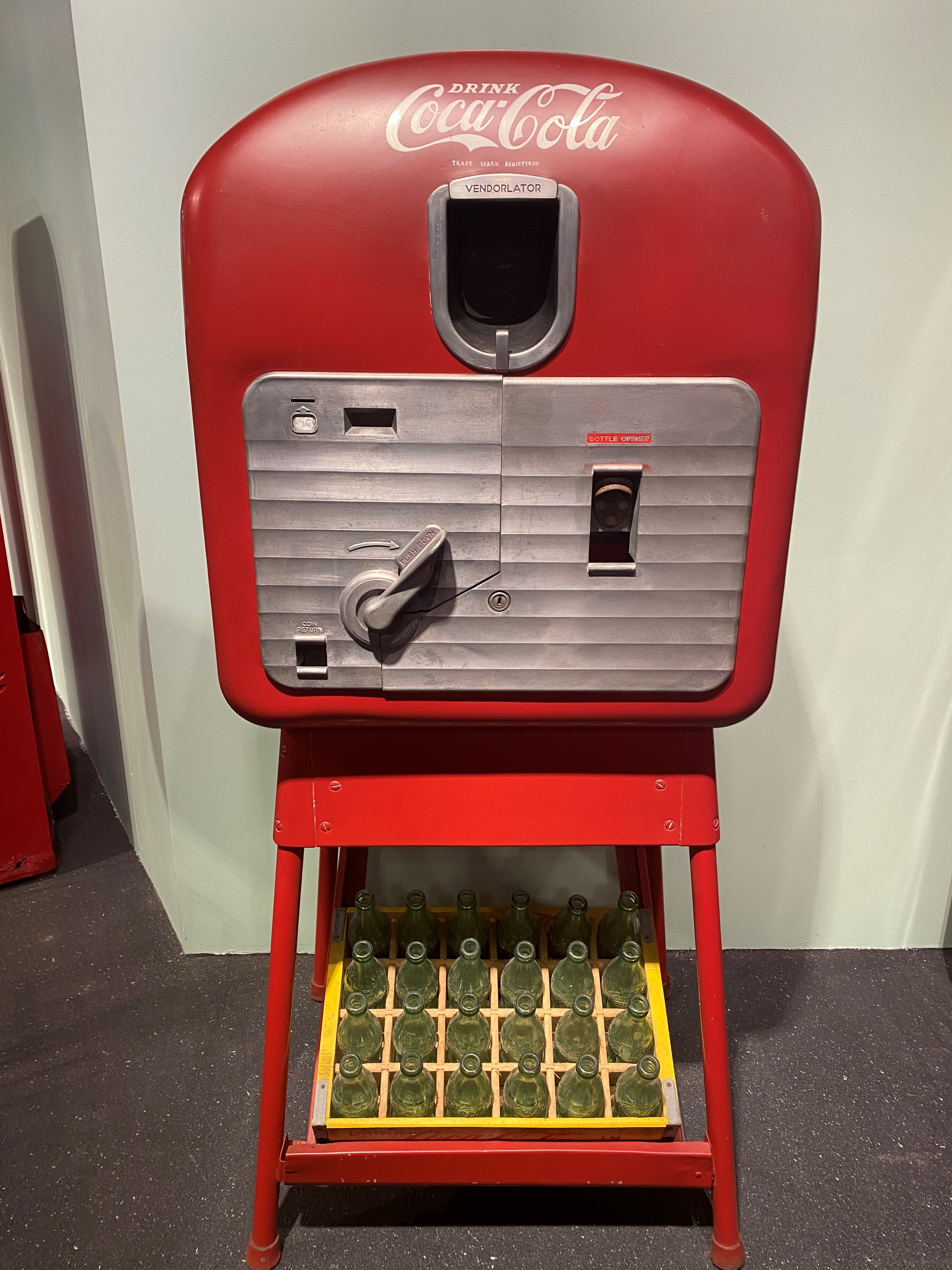 |
Q. Was vending an important part of Associated Coca-Cola's business?
A. It was an enormous part of our operations. He (Chapman Root) quickly realized that selling an ice-cold Coca Cola in a bottle was a great way to make money, especially at a nickel apiece.
Q. How did the vending machine collection come about?
A.My mother and father were huge collectors of Americana. And, of course, had an especially large collection, one of the largest in the country, of Coca-Cola items. And so outside of the Coca-Cola Co. itself in their archives, we never divested ourselves of our collection of Coca-Cola items.
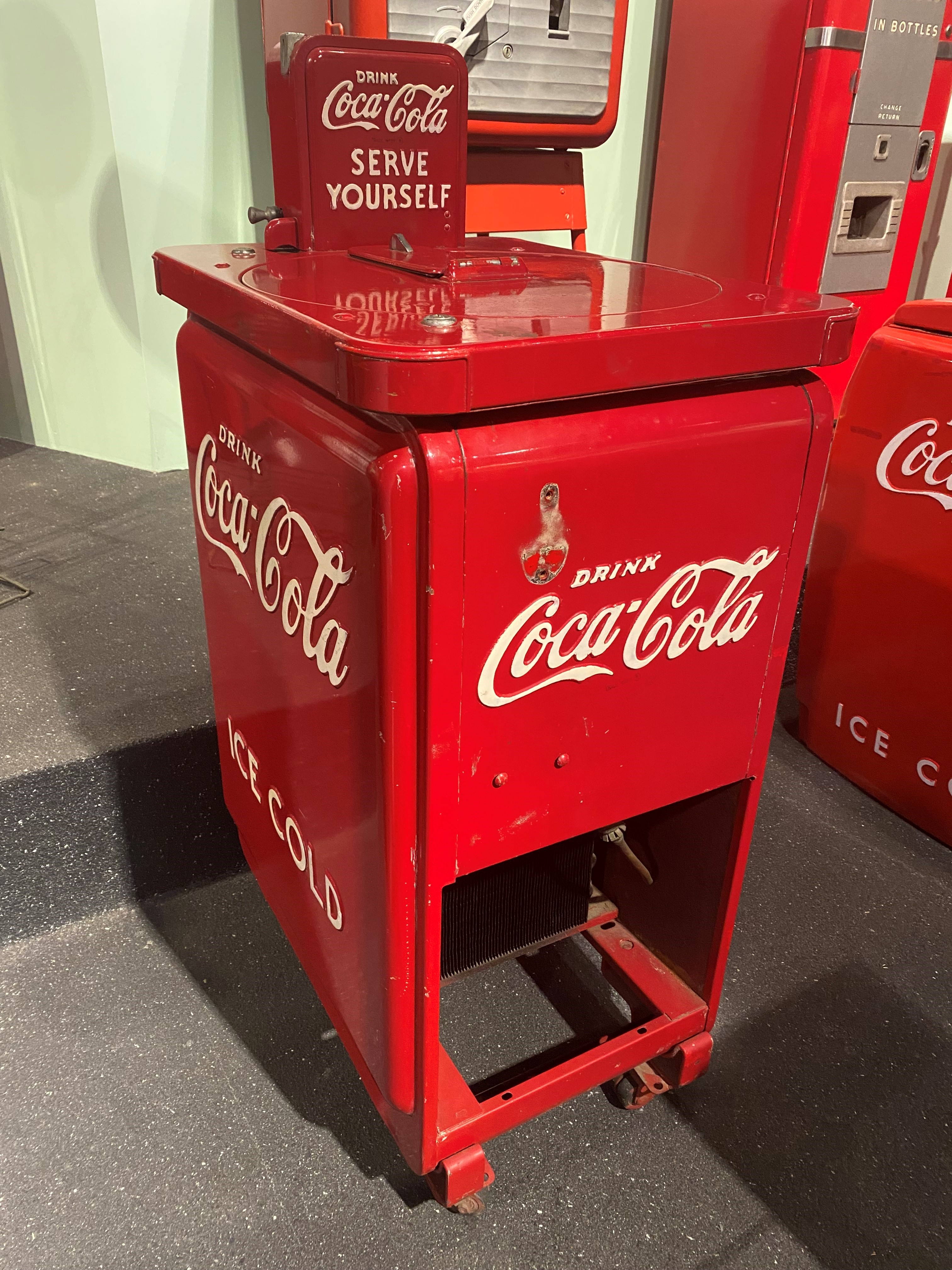 |
We built the Root Family Museum (in 2001) to house the collection. The machines were really important and at one time we had more than 100.
We had to pare that down when we built the museum. And so, we took one from each era, and I think there are about 20 or 30 out there now, but we collected those machines because they were the primary dispensary for our product.
Q. Do you know why the family chose to donate the collection to the Museum of Arts & Sciences?
A.That's a great question. It's preservation of American history. To break it up and sell it for money was kind of a betrayal to my parents' objective, which was to preserve a really important piece of Americana. And that was Coca Cola and our legacy of Coca Cola.
Q. I know you've had an extensive career with NASCAR, but how long did you work for the family business?
A. I worked for the family's business for 25 years. I started out as a file sorter. I went into plant operations and warehousing. Then I went into sales. And then middle management. And then I left the company for 13 years. I got hired away to work for Motor Racing Network radio. And then I came back to the company for about six years. I was chair of the family board of directors.
Photos courtesy of Networld Media Group and the Museum of Arts & Sciences.
About Elliot Maras
Elliot Maras is the editor of Kiosk Marketplace and Vending Times. He brings three decades covering unattended retail and commercial foodservice.


